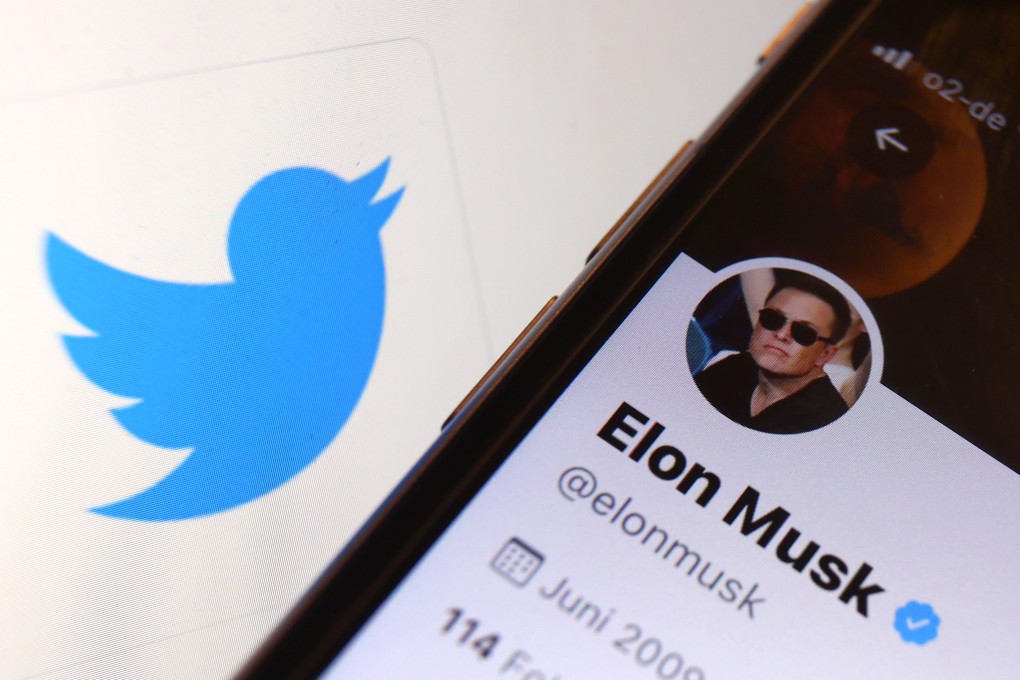Opinion | Buying your way to online legitimacy: What happens if anyone can buy Twitter’s ‘blue tick’ status?
- The little blue tick carries social importance in the public view, a coveted status symbol to which users aspire, in large part because Twitter’s approval process has made it difficult to obtain
- Payment verification – Musk’s US$8 blue tick proposal – cannot guarantee the system will not be exploited for social harm

Primarily to raise revenue, one of the ideas was to charge US$8 a month to obtain a verified status – that is, the coveted blue tick badge next to the account handle.
According to Twitter, the blue tick lets people know an account of interest is authentic. Currently, there are seven categories of “public interest accounts”, such as government office accounts, news organisations and journalists, and influencers.
Yet this seemingly innocuous little blue icon is far from a simple verification tool in Twitter’s fight against impersonation and fraud.
In the public view, a verified status signifies social importance. It is a coveted status symbol to which users aspire, in large part because Twitter’s approval process has made it difficult to obtain.
